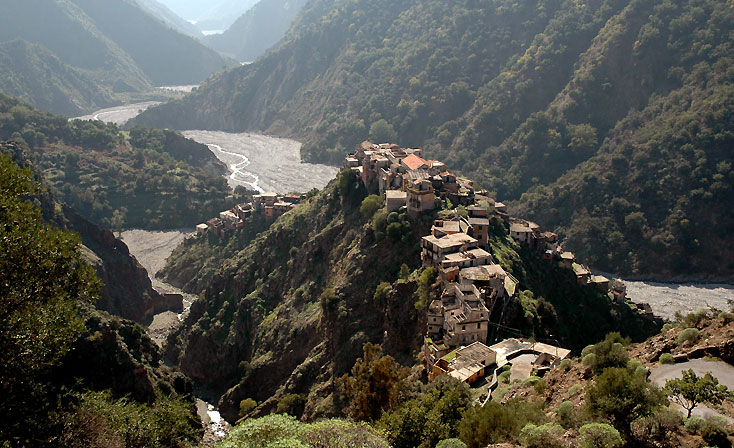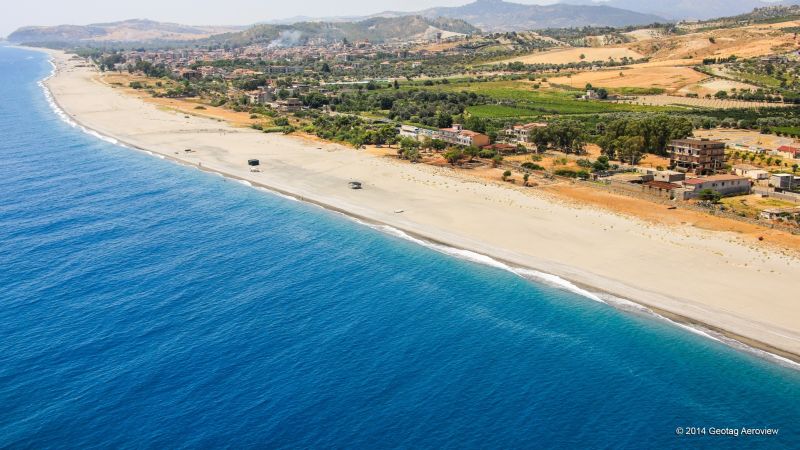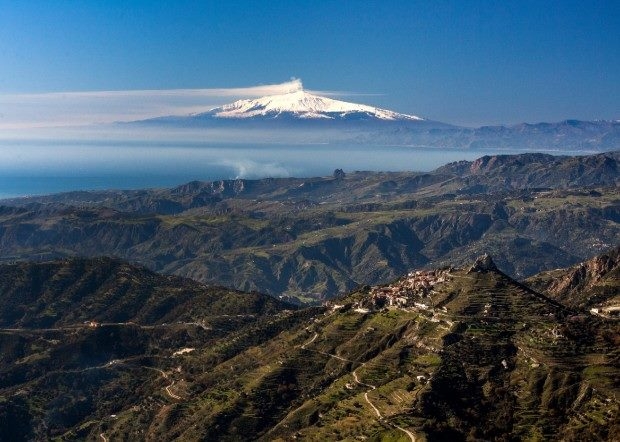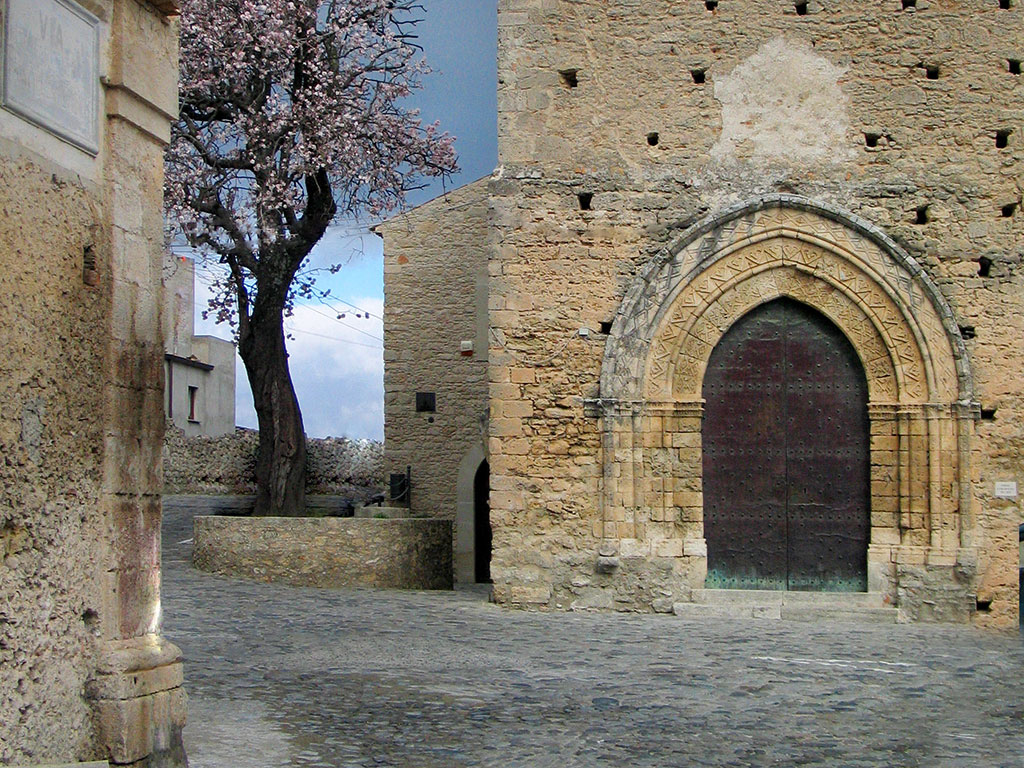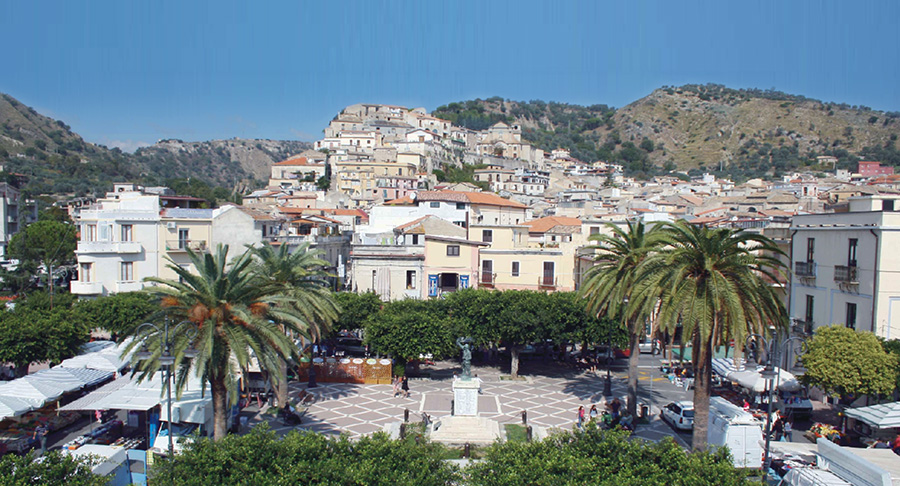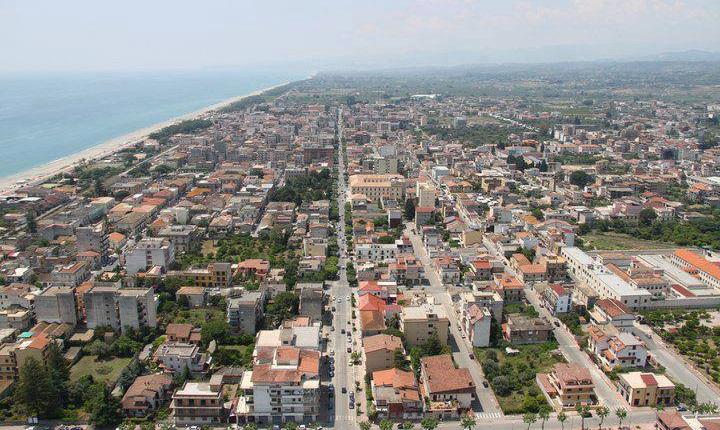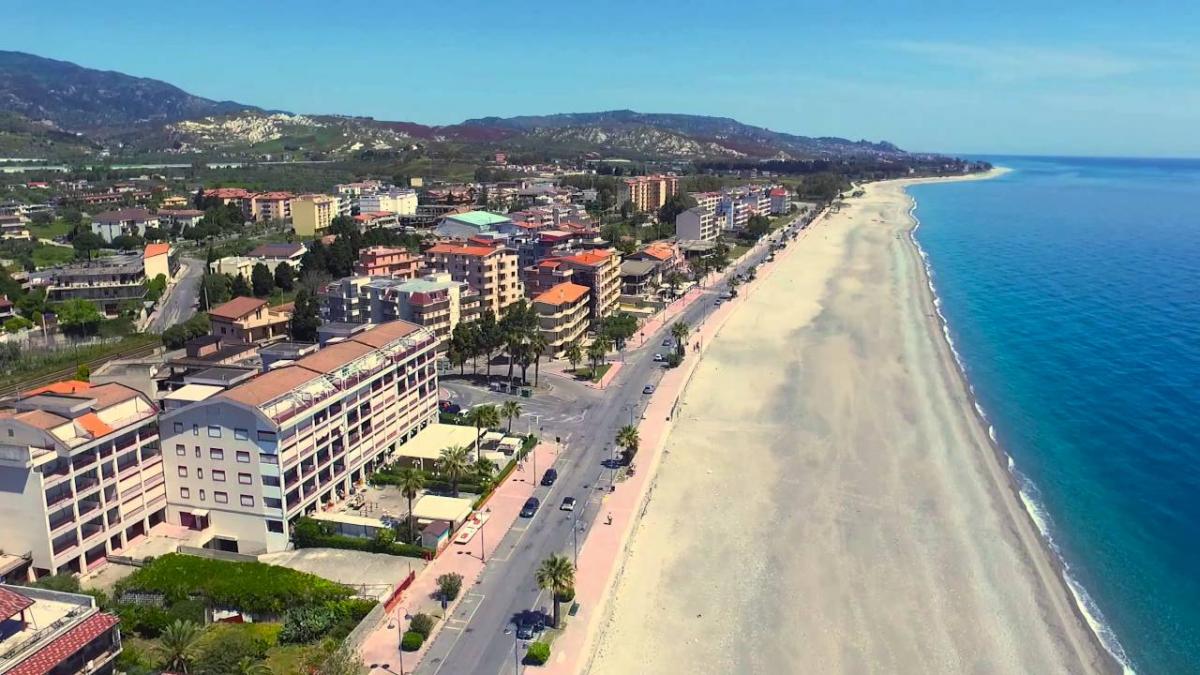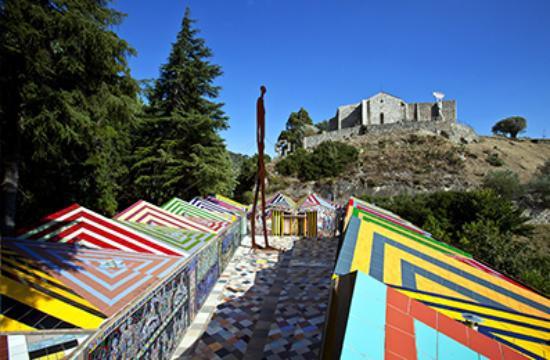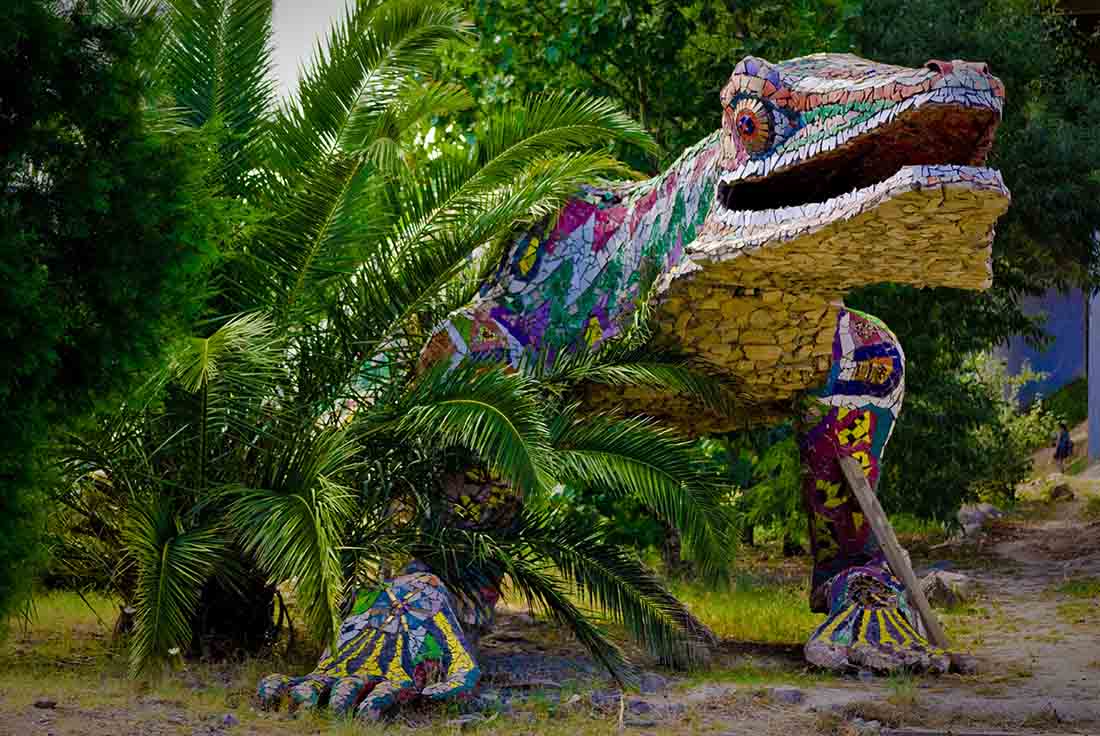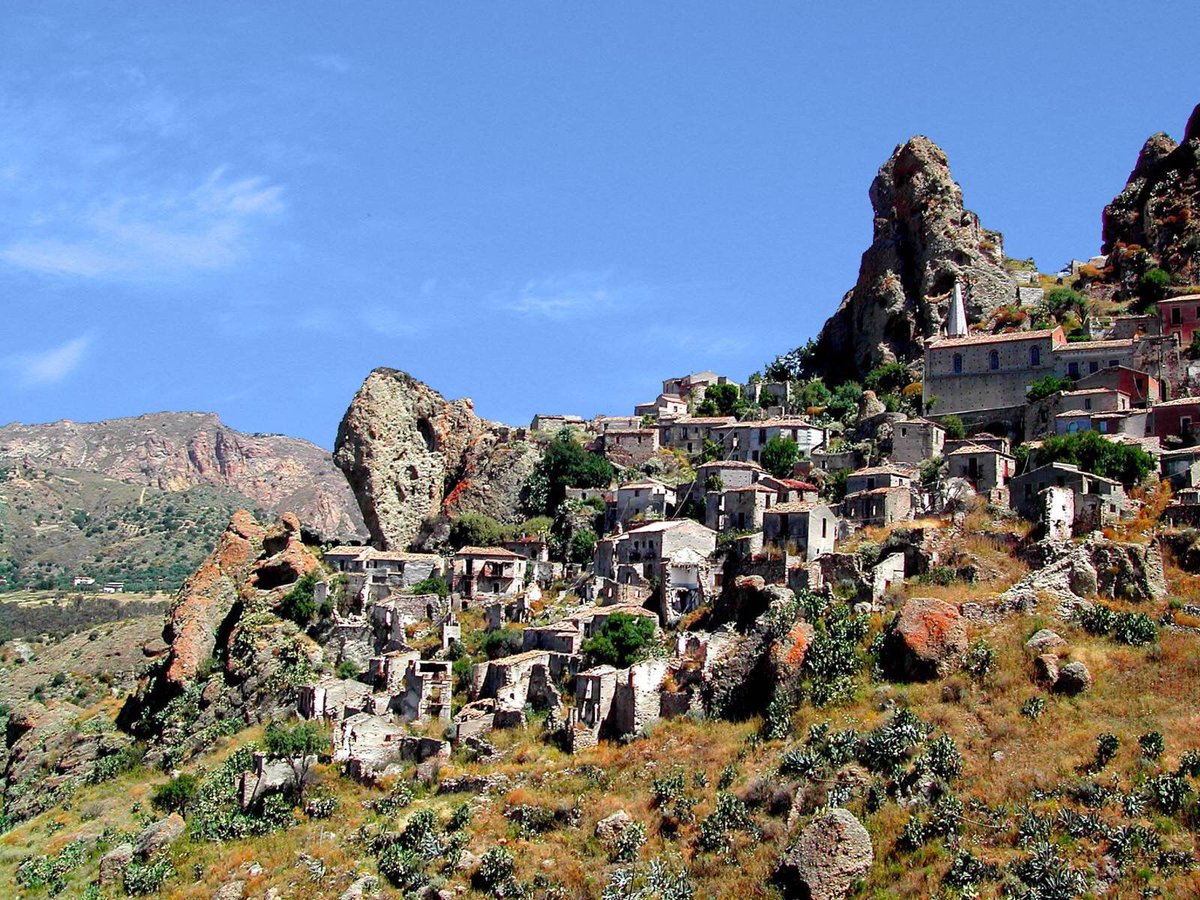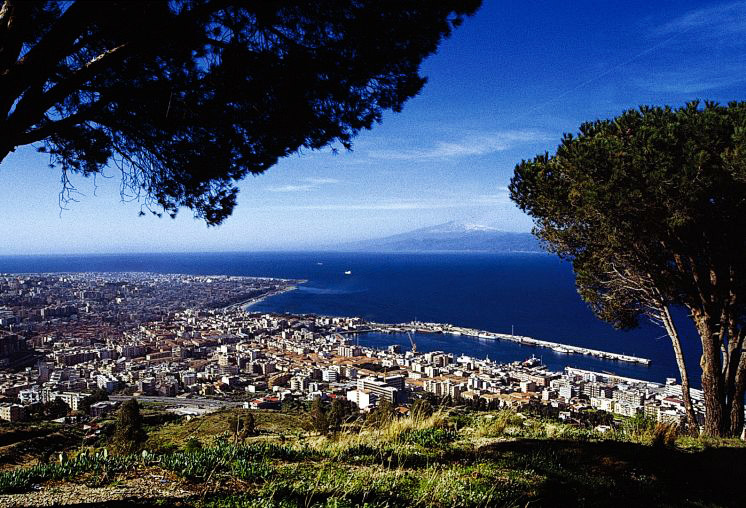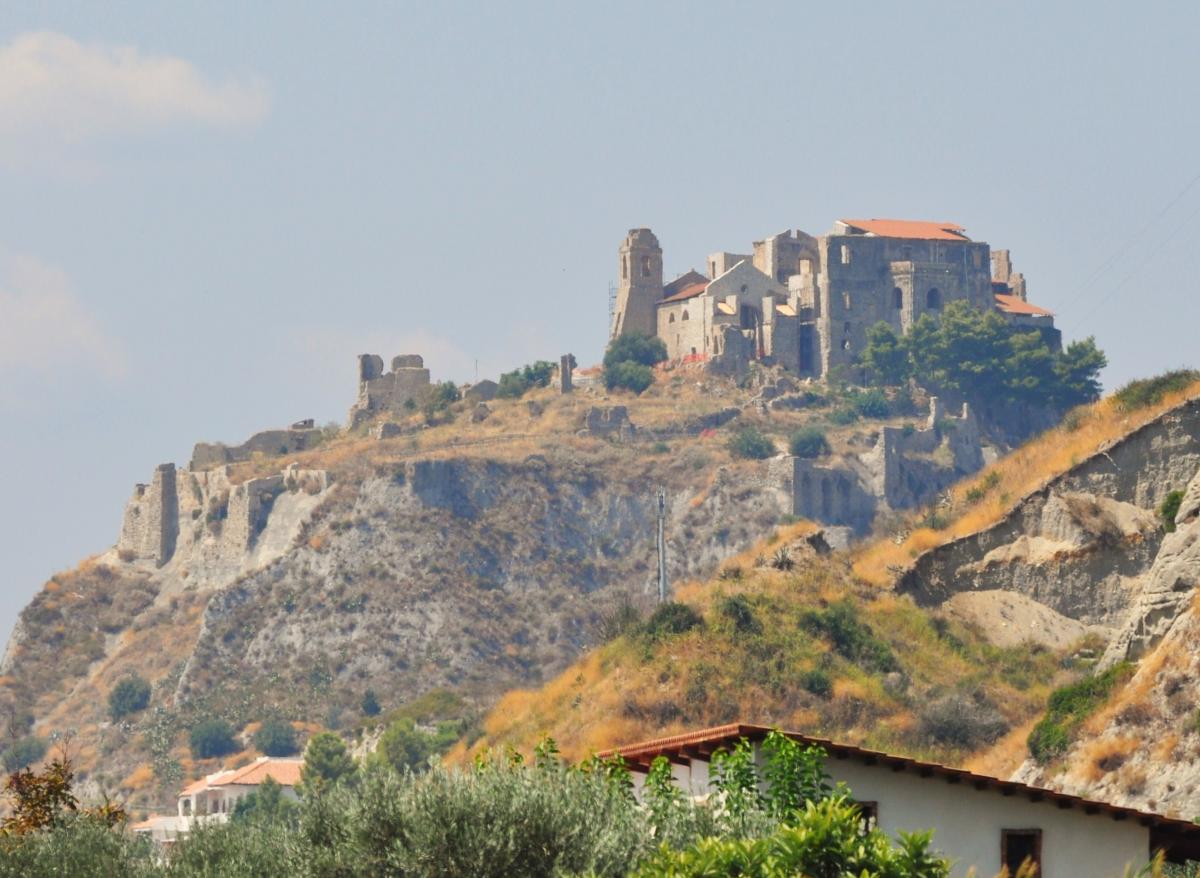The Ionian coast in this part of Calabria unwinds between land and sea, ranging intermittently from flat, rugged and lush, but always surprising terrain. Moving away from anthropic traces, we become aware of a beauty which still makes a deep impression on both the eyes and the heart. Exploring this wild territory, immersing yourself in its historic, artistic, archaeological and natural heritage is a powerful and exciting experience.
Marina di Gioiosa Ionica
The Costa dei Gelsomini (Jasmine Coast) offers visitors a beautiful white beach overlooking the vast blue sea.
Interesting sights include the Greek-Roman theatre, the Torre Galea, the fortifications dating back to the period of Aragonese dominion and the Torre Spina or del Cavallaro, a coastal watchtower built in the Byzantine era to stem the Saracen hordes.
Gioiosa Ionica 5 km
A pleasant village on the hills of the ionic coast.Palazzo Amaduri, with the Civic Museum, the Archaeological Park ‘del Naniglio’ and the Roman villa (I century BC) with exquisite mosaics and a hypogeum cistern are of interest.
Events
Gustando il borgo_ International Street Artists Festival.
Locri Epizephiri 10 km
The history of this town is linked to Locri Epizephiri.
the polis of the Magna Graecia (VII century BC), and to the medieval city of Gerace, founded in IX century.
After the Roman conquest of Locri Epizephiri and following Saracen raids, the site was abandoned and its inhabitant fled to the hills in the interior, where they founded Gerace. Allow some time to visit the Museum and Archaeological Park of Locri Epizephiri, one of the most important cities in the Magna Graecia.
Events
Locride Festival of classical music
Portigliola theatre festival at the Archaeological Park
Mu.sa.ba. 10 km
An open-air museum of great impact.
The Santa Barbara Park Museum conceived in 1986 by the creative genius of artist Nik Spatari and his wife Hiske Maas in the Monastic Complex of Santa Barbara, offers a unique experience between art and nature.
Roccella Ionica 8 km
A beach open to wind and sea with crystal clear waters.
A place of history and nature awarded 18 times the coveted Bandiera Blu, which certifies environmental quality. From its headland, the Norman castle complex of the Carafa family looks out over the vast sea and dominates the medieval village. Worth visiting are the amphitheatre, the church of San Nicola di Bari and its annexed structures, as well as the characteristic noblemen’s palazzi and buildings.
Events
Festival jazz Rumori mediterranei in agosto www.roccellajazz.org
Gerace 21 km
One of the ‘Borghi più belli d’Italia’ (Italy’s prettiest villages).
The Palazzo del Balzo, the sixteenth-century church of San Giorgio, the Capuchin convent (1534) and the convent of the Minori Osservanti (1612) are well worth a visit. Among the many churches, Santa Maria del Mastro and Santa Maria di Monserrato, of Byzantine origin, should be mentioned. The church of San Martino was rebuilt after the 1783 earthquake, and the majestic Romanesque-Norman Cathedral was consecrated in 1045. Situated on the square of the Tre Chiese are the gothic Convent Church of San Francesco d’Assisi (1252) and the Greek-Orthodox church of San Giovanni Crisostomo (XI° century). The ruins of the Norman castle (XI° century) can be reached from here.
Events
Il Borgo incantato rassegna internazionale di arte di strada luglio http://www.comune.gerace.rc.it/monumenti
Bianco 37 km
Its name derives from the limestone hills (badlands) which have given the town its identity since ancient times.
Besides the churches and the sanctuary of the Madonna di Pugliano, a visit to the Roman Villa and necropolis of Casignana at Palazzi is recommended. The mosaics of such extraordinary beauty and quality make this archaeological site second only to Piazza Armerina in Sicily.
Stop and sample the renowned sweet Greco di Bianco ‘passito’ wine at various local producers.
Bovesia 70 km
On the southern Ionian coast of the Aspromonte, an historic-linguistic minority, the Greeks of Calabria, lives on, conserving traces of a unique cultural heritage and ancient nature, crossroads of exchange and cultures in the Mediterranean basin.
The Hellenophone area of Calabria is characterised by a unique orographic conformation due to the presence ‘fiumare’ or torrent streams which carve out the mountain as they flow down to the sea. This is where the bergamot and saffron (Motta San Giovanni) are cultivated. The medieval villages of Bova (“Gerhard Rohlfs” Museum of Greco-Calabra Language), Condofuri, Gallicianò (“Anzel Merianoù” Ethnographic Museum), Roccaforte del Greco, Roghudi, Palizzi, Pentedattilo, as well as Staiti (Museum of Italo-Greek Sants) and Bagaladi, with the great sculpture of the Annunciation by Antonello Gagini (1504), one of the finest works the left by the artist in Calabria, all bear witness to the area’s historic-artistic heritage. In the Grecanic area and the Aspromonte excursions and nature trekking are organised.
www.galareagrecanica.it
www.parco.calabriagreca.it
www.parcoaspromonte.gov.it
www.naturaliterweb.it
www.caireggio.it
Events
Kaulonia Tarantella festival_ Musica folk nazionale_ www.kauloniatarantellafestival.it
Paleariza_Musiche dal mondo nella Calabria greca_ www.paleariza.it
Reggio Calabria 100 km
The city overlooks the sea and Sicily, with an impressive view of magnificent Etna.
Besides enjoying the wonderful trees and shrubs which border the deep blue of the sea, interspersed with historic ruins, a visit to the Museo Archeologico Nazionale (or National Archaeological Museum) is highly recommended. Here, as well as the Bronzi di Riace, valuable findings from the ancient settlements in Calabria can be found. Worth mentioning are the Casa della Cultura, the Piccolo Museo San Paolo, the Museo Diocesano, Civic Picture Gallery and the city’s numerous churches, including the very fine Cathedral.
Museo Archeologico
Lungomare
Museo Diocesano
Casa della Cultura
Pinacoteca civica
Stretto di Messina


